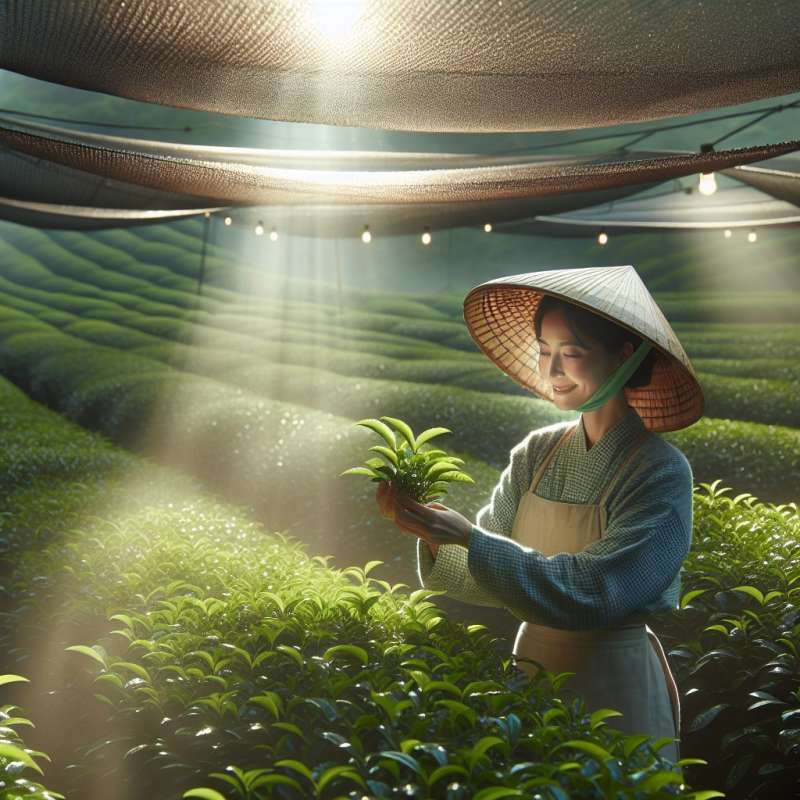
What is Matcha?
Matcha is a finely ground powder made from specially grown and processed green tea leaves. It's the only tea where the leaves are consumed entirely, offering unique flavor and health benefits.
Unique Growing Process
Matcha cultivation involves shading the tea plants for 20-30 days before harvest. This increases chlorophyll levels, boosting the vibrant green color and enhancing the amino acid content.
Grading Matcha Quality
Matcha is graded from ceremonial to culinary quality. Ceremonial grade is the highest, made from the youngest tea leaves, with a delicate taste perfect for traditional tea ceremonies.
Traditional Preparation
The traditional Japanese tea ceremony, 'Chanoyu', centers on preparing, serving, and drinking matcha. It's a meditative practice focusing on aesthetics, form, and hospitality.
Health Benefits Galore
Matcha is rich in antioxidants, particularly catechins known for cancer-fighting properties. It also boosts metabolism, burns calories, and has a calming effect on the mind.
Matcha in Modern Use
Beyond tea ceremonies, matcha has become a versatile ingredient in lattes, desserts, and even savory dishes, infusing them with its distinct color and flavor.
A Sustainable Choice?
Matcha's global popularity raises sustainability questions. Ethical sourcing and farming practices are important as demand increases, ensuring matcha's future for generations.Matcha Samurai Warriors
Samurai warriors drank matcha before battles to boost energy and focus, making it an ancient superfood for both mind and body.
What's unique about matcha tea leaf consumption?
Only stems are consumed
Leaves consumed entirely
Leaves are eaten raw
Company